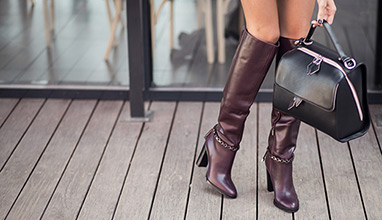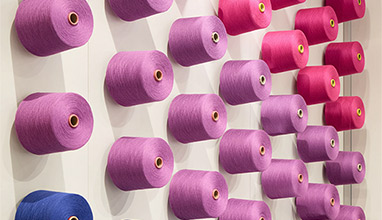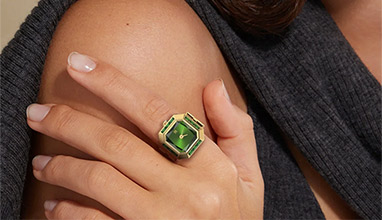How to Choose a Leather Bag that’s great Value
It can be confusing and frustrating shopping for a leather bag. There are many low-quality and fake leather bags on the market. Furthermore, many leather bags' hardware breaks within a season or two. To help you learn how to know the difference between a high-quality leather bag and an overpriced piece of garbage, we have gathered information from expert leather craftsmen to help you understand what goes into making a leather bag and how you can ensure you purchase a high-quality leather bag.
One of the expert craftsmen when it comes to leather bags is Frank Clegg. Frank has been designing and handmaking high-quality leather products for more than 40 years in his workshop located in Fall River, Massachusetts. My Clegg duffle is five years old and looks better than when I first purchased it. Now, the leather has developed a patina that only occurs in high-quality leather products. Frank, is an American craftsman who does not cut corners when making leather bags and continually experiments to come up with design ideas to improve his already amazing products. Let's take a look at the information that he shared on how to determine the quality of a leather bag.
Real versus Fake Leather
If you have any doubts about whether the made is made of real leather or fake leather, put it down and do not purchase it. Leather is a natural product. Manmade leather will never have the same endurance or quality. When shopping for leather products, look for full grain. Full grain leather has not had its surface coated or altered. These alterations mask the natural markings of the hide. Genuine leather bags are made of leather taken from the backside of the skin which is stamped with artificial grain patterns and the surface is coated to give the appearance of full grain leather. These leather items are not as durable and soft as full grain leather. This marketing technique can be very confusing to uninformed buyers. If you’re interested in quality, check out these Baltic Domini leather bags
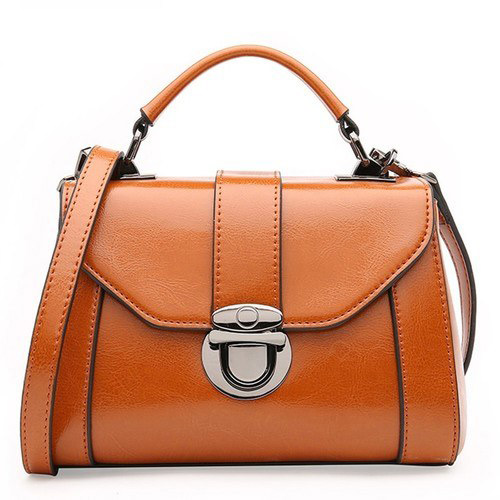
How to Determine the Quality of Leather
There are two factors that determine the price and quality of leather - the hide and the tanning process.
The hide is determined by the amount of natural markings on the hide. Leathers are graded and priced based on the overall markings of the hide as well as the condition of the animal's skin.
Tanning, on the other hand, is the way the skin is treated to produce leather. The tanning process makes the hide more durable and less susceptible to deterioration. Traditionally, tanning uses tannins, acidic compounds that are derived from the bark of fir or oak trees. Tanning can use either mineral or vegetable methods. Before the skin is tanned, the hair must be removed and the skin degreased, desalted and soaked in water for six hours to two days. During the tanning process, coloring may also be added to enhance the natural beauty of the leather.
A quality leather bag should be soft and supple. High-quality leather should never resemble any synthetic materials like vinyl. Avoid leather that feels and looks like rubber or plastic because the leather will not age beautifully and will not be as durable as high-quality leather pieces.
The Lining and Finishing of the Bag
If the bag has a lining, it should be made of durable material that will last a long time. If you find a leather bag with a cheap or flimsy lining, the lifespan of the product can be diminished. Take a look at the lining to help you determine the craftsmanship of the leather bag. When it comes to shopping for a leather bag, take a look at the lining and consider the longevity of the bag.
One of the most time-consuming jobs on leather products is the finished edge. A high-quality leather bag will have hand polished edges rather than raw edges. This attention to detail marks a high-quality bag and can help you choose the best leather bag that will last a long time.
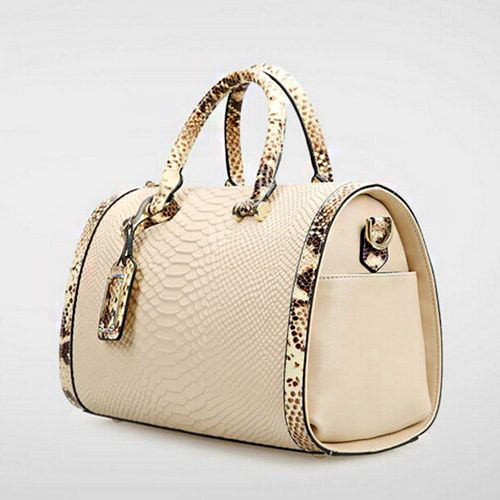
The Hardware on the Leather Bag
Zippers are very important components of leather bags. When a zipper fails, the bag is rendered useless. Typically, zippers on high-quality bags will be made of brass and may be plated with copper or nickel. The zipper's teeth should not be sharp and the zipper slider should be made of brass instead of an inferior metal. As the cloth along the side of the teeth begins to wear, the zipper fails. Choosing a leather bag with a sturdy zipper fabric can improve the longevity of your leather bag. You will want to ensure that the zipper is sewn in correctly and operates smoothly. Zip and unzip the bag several times to ensure that the zipper glides smoothly and there isn't any unnecessary friction when the zipper is moved. Finally, the size and weight of the zipper should be appropriate for the bag. There will be times when you overstuff the leather bag, which is why it is vital that a high-quality zipper is used.
The hardware of the bag should be carefully inspected. The buckles, rivets and D-rings should be made of brass. Copper, zinc, bronze or nickel silver can be plated on the brass. The hardware finish should be clean and not have any cast lines. Finally, the size of the hardware should be appropriately sized to handle the weight and the maximum capacity of the leather bag. The hardware should be fastened securely and the stress points augmented with extra stitching. If the bag has any rivets, ensure that washers are placed on the inside of the bag to prevent the rivets from pulling through. The tongue on buckles should be strong enough to prevent bending or failure. Give the hardware a strong tug to ensure that the bag was built to last.
The Handles and Straps on the Bag
The handles of the bag are vital. You want handles that are both sturdy and comfortable in your hand. These should be made of layers of stacked leather and should never feel hollow or flimsy. Carry handles should be short enough that the bag does not sway when you are walking. Swaying increases the stress on the focal points of the bag, so it should be avoided.
The way that the handles are attached is vital as well. If the handles are stitched onto the bag, an additional layer stitching should be done where the handles meet the bag. Extra support should be added behind the handle to prevent pull-throughs from occurring.
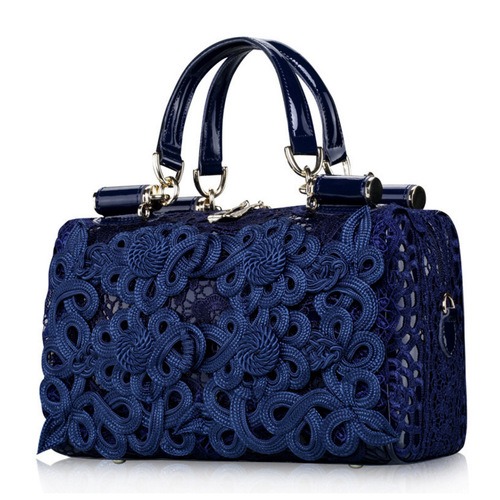
Maintainance of Leather Bags
In order to maximize the lifetime of your leather bag, a conditioner should be applied to prevent the leather from drying out. Avoid placing a bag that has been exposed to moisture in a dark location to dry because it can increase the risk of mold development and can weaken the leather. Allow all of your leather products ample time for air drying before storing them away. A leather conditioner will nourish the bag and prevent the stitched areas from drying out. Before you use leather conditioner on your bag, do a test spot in a hidden location to ensure the bag does not become discolored or damaged.
Leather should not be placed in direct sunlight because it can cause the leather to dry out and fade. Leather bags should not be placed in a tightly sealed plastic bag. Avoid placing your leather bag on a wet floor or a rough surface. Pick up the leather bag using both handles to avoid over-stressing the focal points. Finally, make sure that all liquids are placed in an airtight container before placing them in your leather bag to avoid accidental spills.
Hits: 10909 | Leave a comment
Tags:leather handbags, handbag, real leather, bag, leather bag




